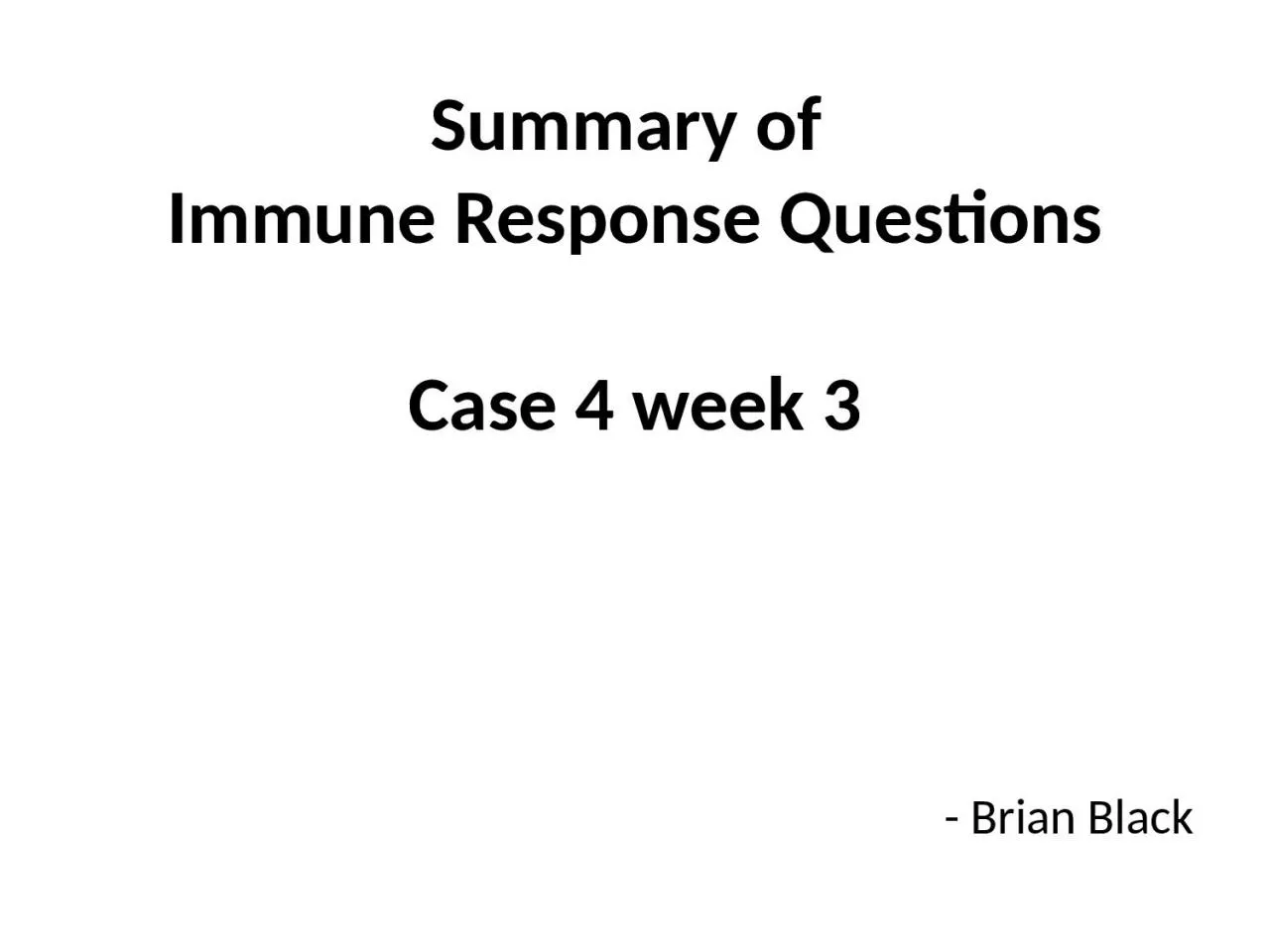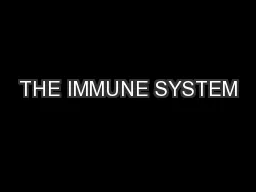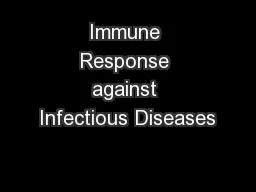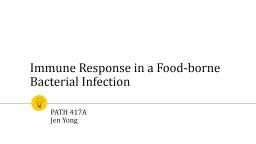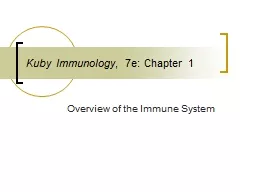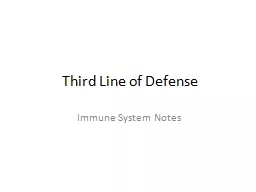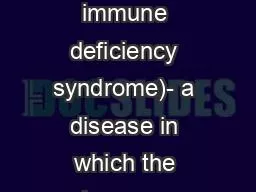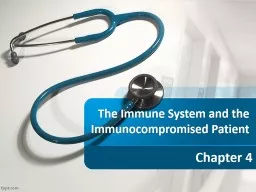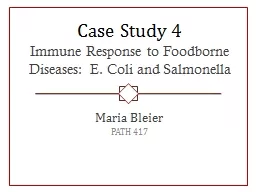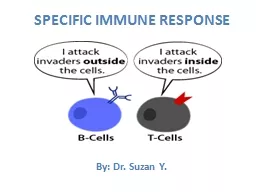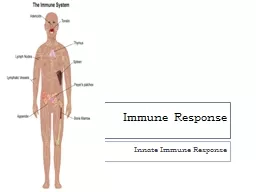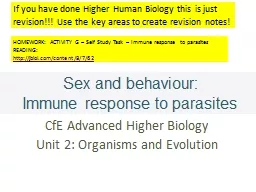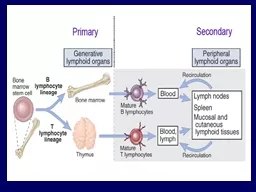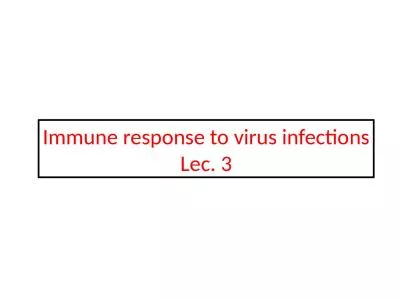PPT-Summary of Immune Response Questions
Author : adah | Published Date : 2022-06-08
Case 4 week 3 Brian Black Objectives What are the signs and symptoms of mastitis Which body system is effected How is the normal physiological functioning of
Presentation Embed Code
Download Presentation
Download Presentation The PPT/PDF document "Summary of Immune Response Questions" is the property of its rightful owner. Permission is granted to download and print the materials on this website for personal, non-commercial use only, and to display it on your personal computer provided you do not modify the materials and that you retain all copyright notices contained in the materials. By downloading content from our website, you accept the terms of this agreement.
Summary of Immune Response Questions: Transcript
Download Rules Of Document
"Summary of Immune Response Questions"The content belongs to its owner. You may download and print it for personal use, without modification, and keep all copyright notices. By downloading, you agree to these terms.
Related Documents

